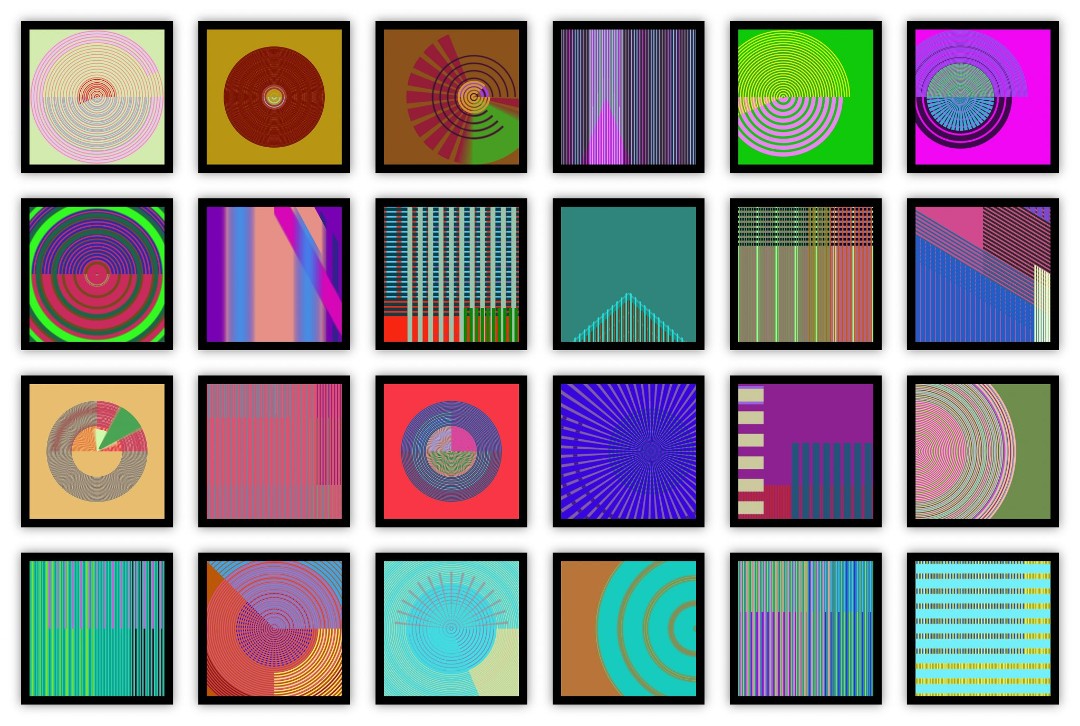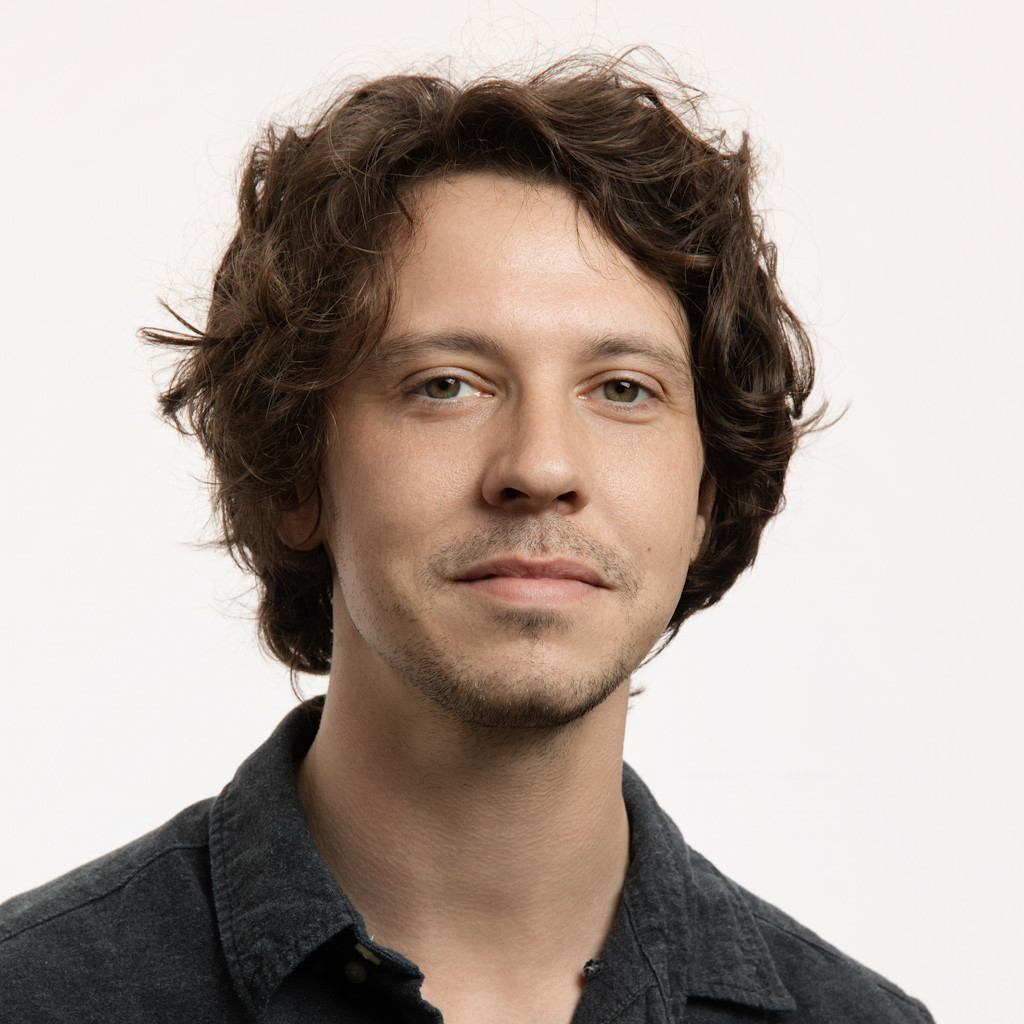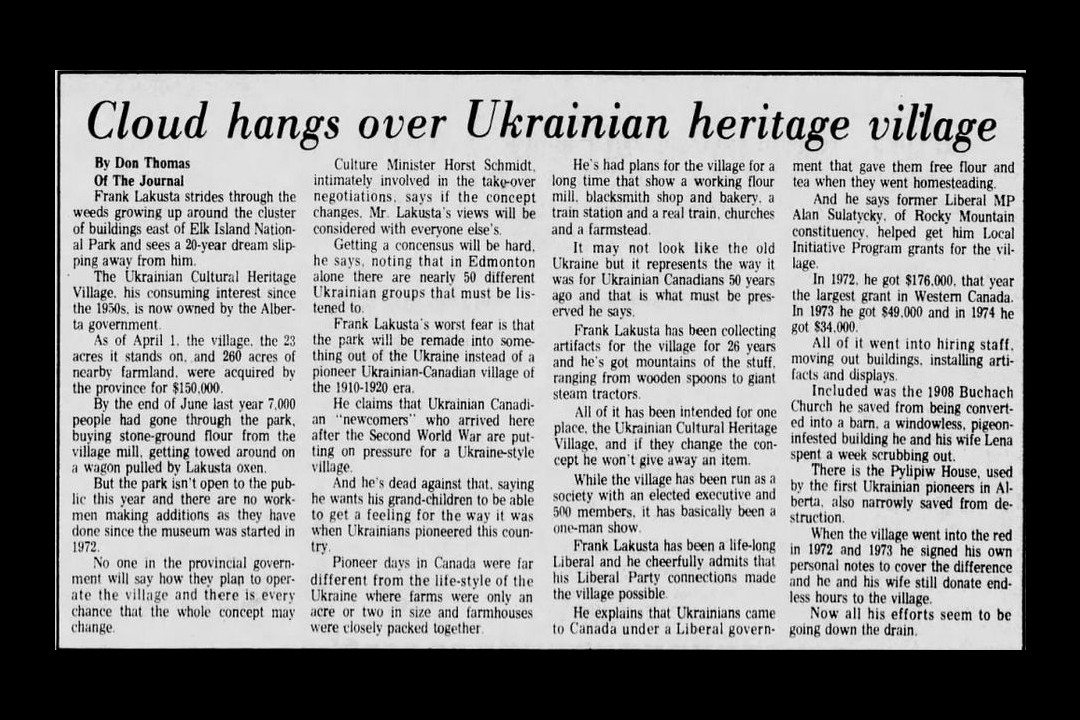
Latitude 53 explores intersection of AI and art
By
Shayne Giles
At a time when AI is generally seen as negative for artists, Latitude 53 is hosting a virtual exhibit that explores artificial intelligence as a source of inspiration and collaboration.
The artist-run contemporary art gallery is hosting AI.Craft as part of The Next 50 Years, a trio of exhibits that explore the past and future of art as Latitude 53 prepares to celebrate its 50th anniversary.
"I think it's just interesting to hear how artists are processing what's happening right now," said program manager Adam Waldron-Blain. "This Next 50 Years project is a great way to mark an anniversary by trying to think about futurity and the ways that our practices might change in the next 50 years, as well as look back a little bit."
The most future-focused part of The Next 50 Years, AI.Craft is led by Mohamed Somani and Blaine Campbell of Mobil Art School, who have been researching the ways in which AI can work alongside or with human collaborators to create art. They use a collaborative app called Arpp, which is based on the Dadaist art game Exquisite Corpse.
"With Exquisite Corpse, you draw something and then somebody takes on a hint and draws the next piece," said Campbell. "Could we have the AI be the one that draws the next piece, and then it'd be back and forth between people and AI? So that's the way we've gone."
AI.Craft is also hosting workshops with artists who use AI in their work. The next one, which takes place on July 8, will be led by artists Ben Bogart and Fatima Travassos.
Travassos uses generative AI programs like MidJourney and Stable Diffusion alongside her experience as a fashion designer to take her physical art pieces and transform them digitally with AI tools. Bogart is an artist, researcher, and teacher at Emily Carr University who has been exploring the use of generative computational processes since long before the emergence of current tools like Dall-E.
Their workshop is online, as has been the case for much of AI.Craft so far, as Latitude 53 is in the middle of setting up in its new home in the McLeod Building after leaving its previous location on 106 Street.
"We have a new space that we are setting up, but we're not open yet," said Waldron-Blain. "A big part of figuring out how to operate this year has been to find projects that could work in alternate spaces, could work online, could work in different ways."


